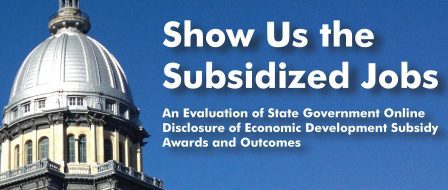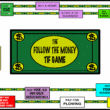As the Maine legislature debates reducing some of its $500 million annual tax breaks for businesses to fill a budget hole, a national group has ranked Maine near the bottom for making it easy for the public to find out how that money is spent.
Of the five Maine tax programs it studied, four were scored zero for failing to disclose online such details who gets the tax breaks and their amounts.
The Maine Center for Public Interest Reporting is calling attention to the study as part of its continuing coverage of the state business tax subsidies, which began in 2012 with its story “State lacks proof that $46 million in Pine Tree Zone tax breaks created jobs.”
Good Jobs First describes itself as “a national policy resource center for grassroots groups and public officials, promoting corporate and government accountability in economic development and smart growth for working families.”





